Cats are enigmatic creatures, often leaving us bewildered with their mysterious behaviors. One of the most fascinating aspects of a cat’s body language is its tail. The tail serves as a vital communication tool, conveying emotions and intentions. Whether you’re an experienced cat owner or a newbie, understanding these tail signals can deepen your bond with your feline friend. Let’s delve into the captivating world of cat tail communication.
Tail Held High: A Sign of Confidence

A tail held high is often the hallmark of a confident cat. When your cat walks around with its tail erect, it’s akin to a person with a spring in their step. This posture indicates a happy, content, and confident kitty. It’s a warm invitation, saying, “I’m open to interaction.” Much like waving a flag, your cat is showing its pride and comfort in its environment. If you see this, it’s the perfect time to engage in play or offer a gentle petting session. This position signifies trust and a willingness to share space with you.
Curved Tail: A Friendly Greeting
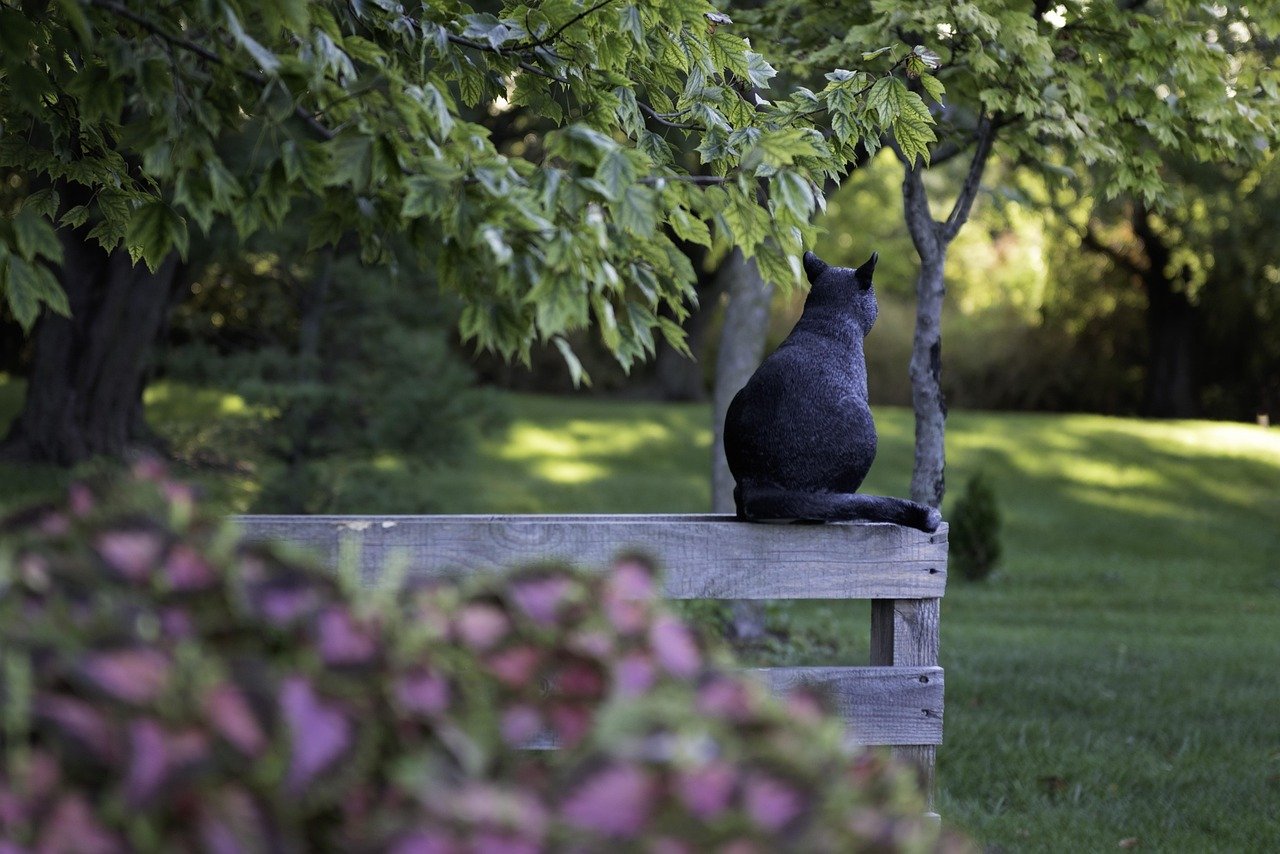
A tail curved like a question mark or the shape of a shepherd’s crook is a friendly gesture. Imagine meeting someone and them offering a warm smile; this is the feline equivalent. Cats displaying this tail position are usually in a playful mood and are inviting you to join in on the fun. It’s their way of saying, “Hello, let’s hang out!” This position is often seen when a cat is in a relaxed and approachable mood, making it a great opportunity for bonding. They’re assessing your mood too, so reciprocate the gesture with a gentle approach.
Puffed-Up Tail: Alarm and Fear
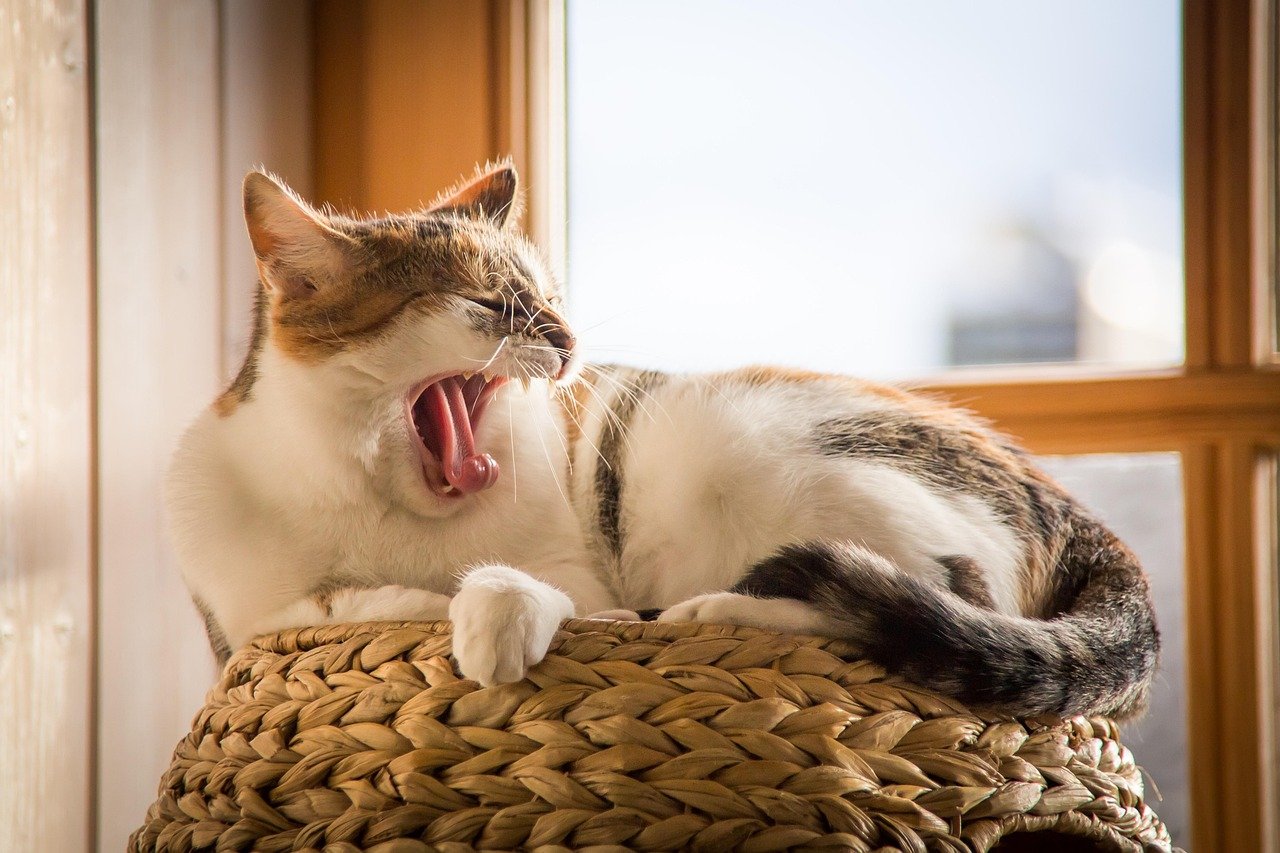
When a cat’s tail puffs up, it’s an unmistakable sign of fear or alarm. Think of it as a person raising their arms in defense. This reaction is often accompanied by an arched back and bristled fur. Cats employ this posture to make themselves appear larger and more intimidating to potential threats. If you notice this, it’s vital to give your cat space and time to calm down. Sudden movements or loud noises can exacerbate their fear, so approach with caution or let them retreat to their safe space.
Low Tail: Anxiety or Submission
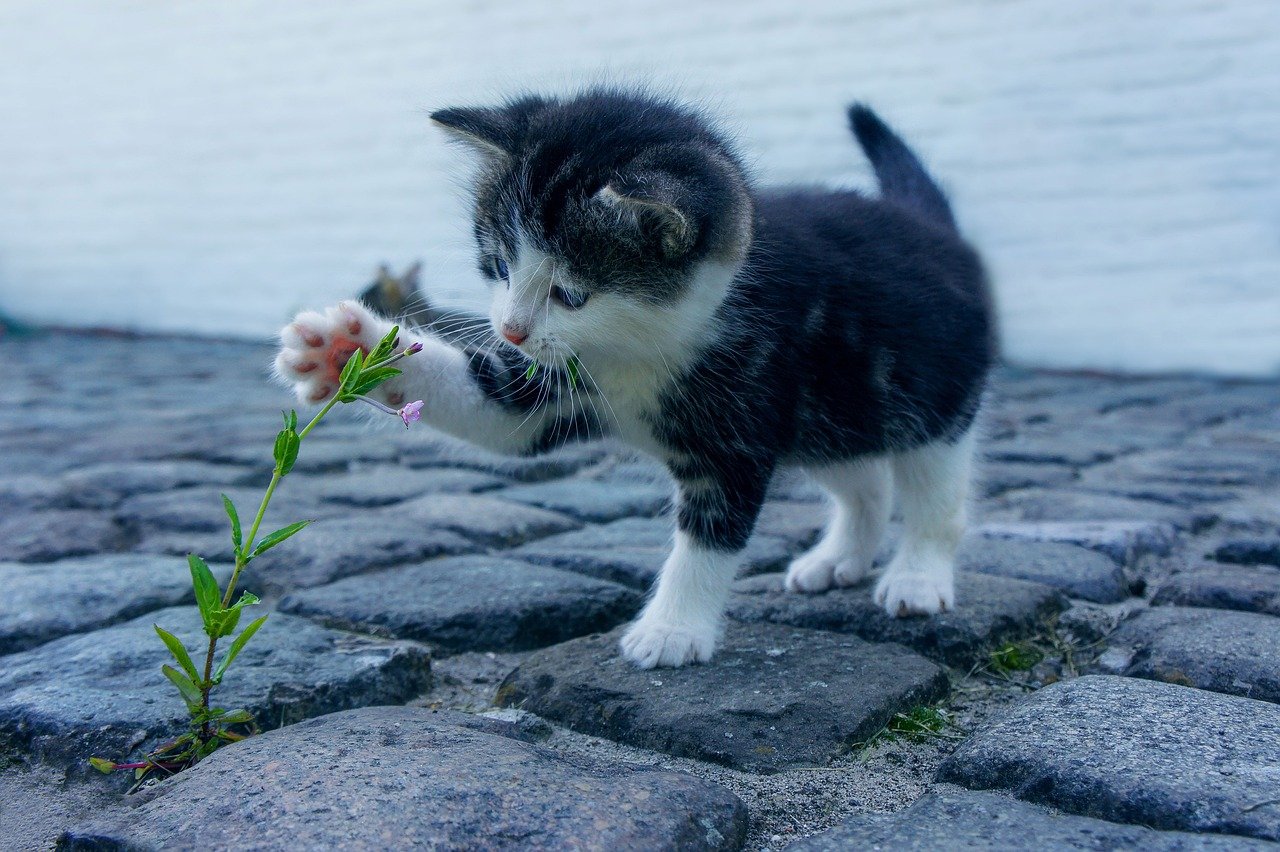
A tail held low or tucked between the legs is a clear indicator of anxiety or submission. Like a person slumping their shoulders in discomfort, your cat is showing vulnerability. This can occur in unfamiliar environments or situations that make them uneasy. It’s essential to observe the context and ensure your cat feels safe. Offering a reassuring voice or gentle touch can help alleviate their anxiety. Understanding this signal can prevent unnecessary stress for both you and your feline friend.
Thrashing Tail: Annoyance or Agitation
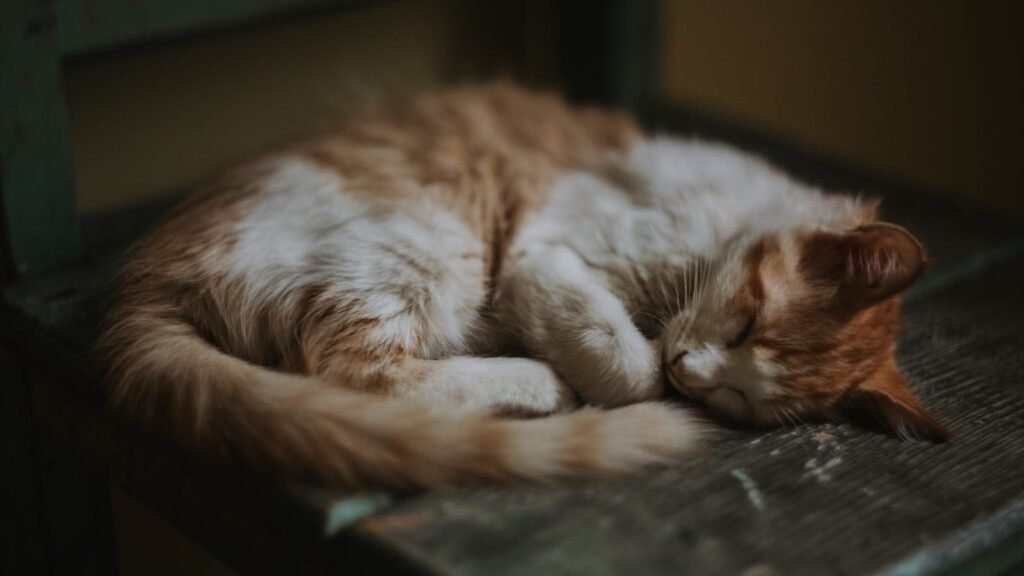
A thrashing tail is a telltale sign of irritation or agitation. Think of it as someone tapping their foot impatiently. If your cat’s tail is swishing back and forth, it’s best to give them some space. This behavior often precedes a swat or nip, so it’s a clear warning to back off. Overstimulation, such as excessive petting, can trigger this reaction. Recognizing this signal can prevent misunderstandings and ensure a peaceful coexistence.
Tail Wrapped Around Another Cat or You: Affection
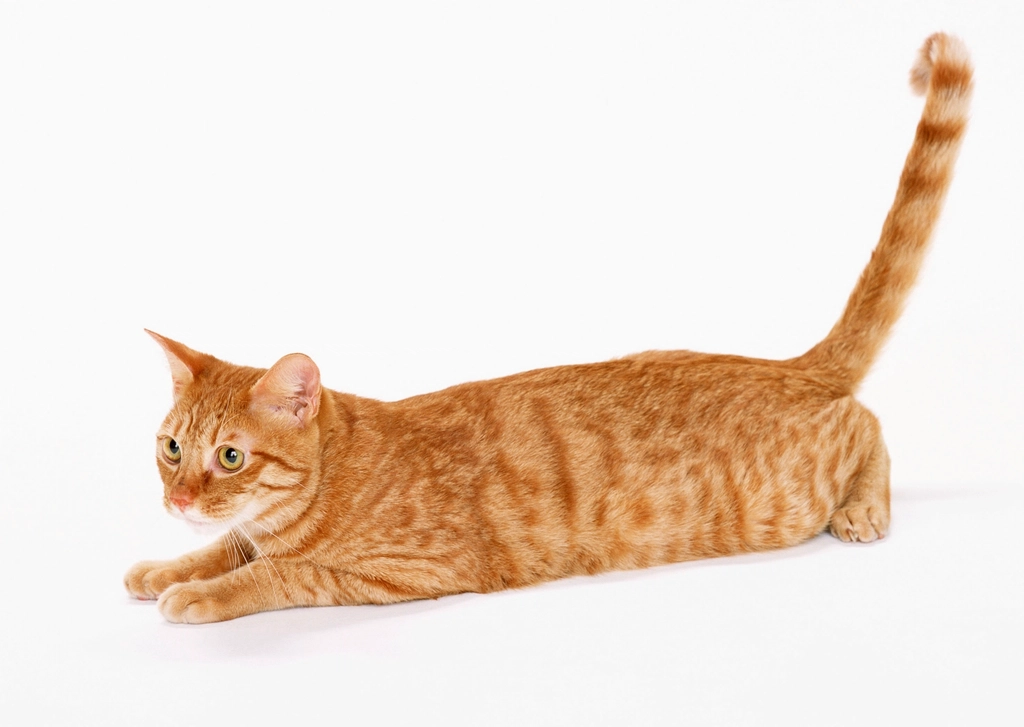
When a cat wraps its tail around another cat or even you, it’s a gesture of affection. Much like a human putting an arm around a friend, your cat is showing love and camaraderie. This behavior is common among bonded pairs or cats that have formed a strong attachment to their owners. It’s a heartwarming sign that your cat values your presence and feels secure with you. Cherish these moments, as they are a testament to the bond you share with your feline companion.
Quivering Tail: Excitement or Anticipation
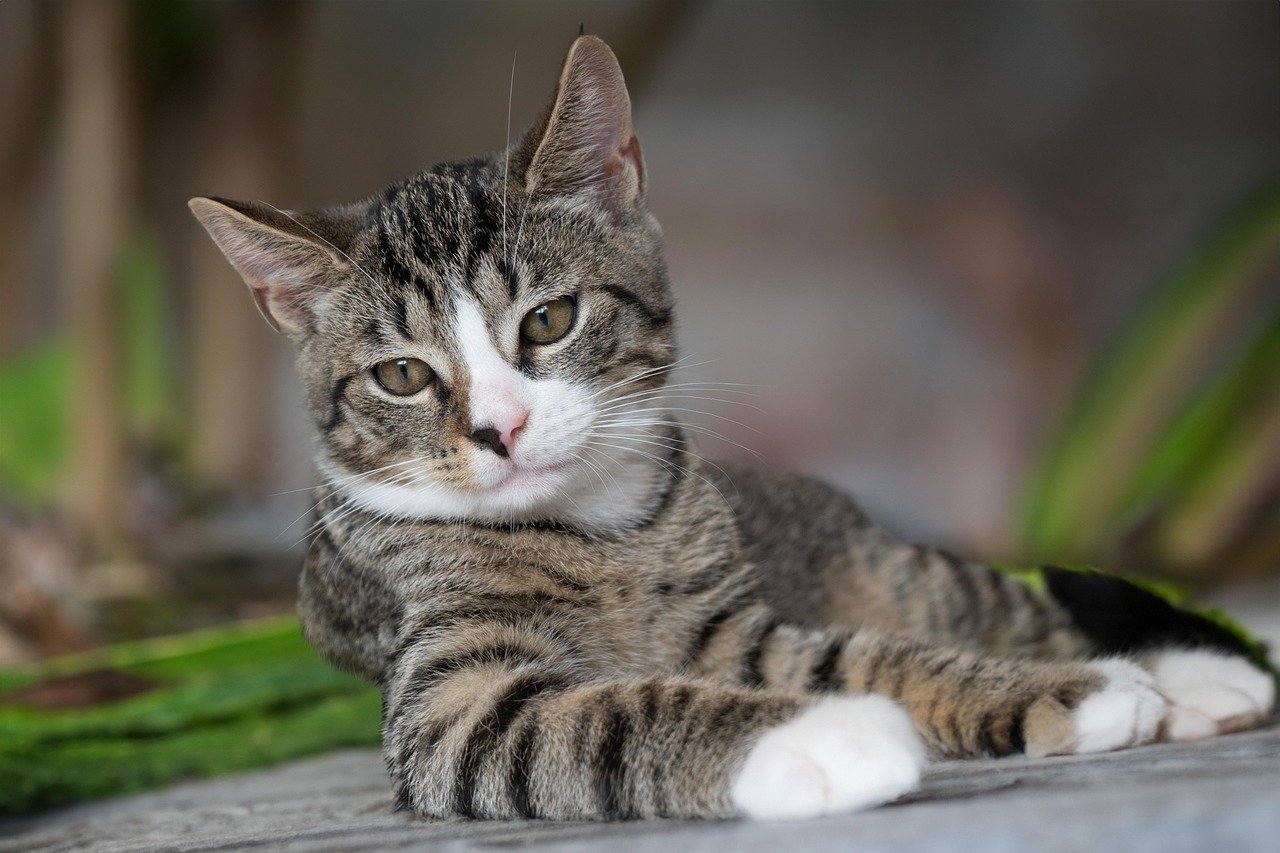
A quivering tail is often a sign of excitement or anticipation. Picture a child bouncing on their toes in anticipation of a treat. Cats display this tail movement when they’re especially thrilled, usually at feeding times or during play. It’s a joyous expression, revealing their eagerness and delight. Engaging with your cat during these moments can strengthen your bond and provide them with the stimulation they crave. It’s a delightful reminder of the simple pleasures that bring joy to our feline friends.
Tail Flicking at the Tip: Mild Interest or Curiosity
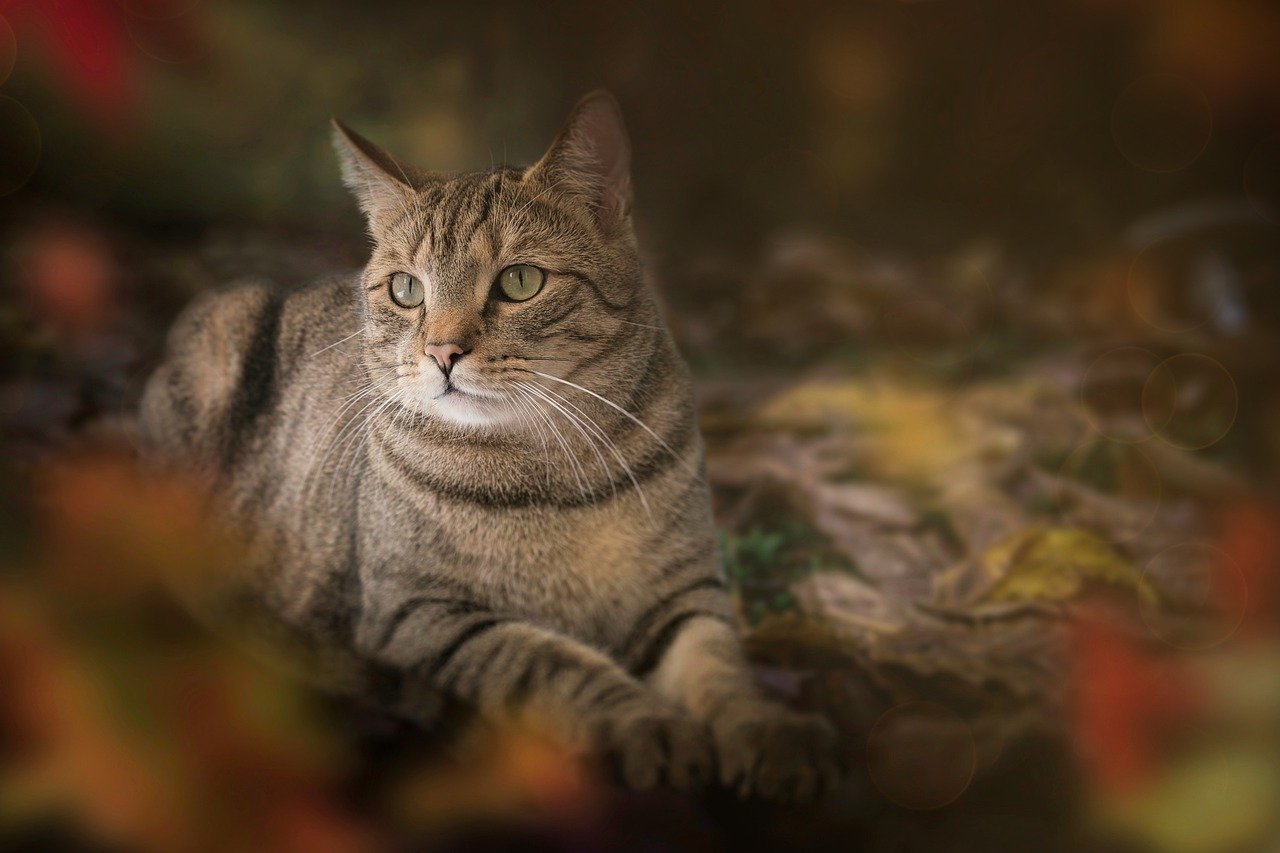
When a cat flicks just the tip of its tail, it often indicates mild interest or curiosity. Imagine someone raising an eyebrow in intrigue. This subtle movement suggests that your cat is paying attention but isn’t fully committed to action. They’re assessing the situation, deciding whether to engage further. It’s a gentle hint to interact, perhaps with a toy or gentle words. Understanding this signal can help you gauge your cat’s mood and respond accordingly.
In conclusion, a cat’s tail is a powerful tool of communication, offering insights into their emotions and intentions. By learning to read these signals, you can foster a deeper understanding and connection with your feline companion. Observing your cat’s tail movements can transform the way you interact, ensuring a harmonious relationship filled with mutual respect and affection.

Growing up traveling and experiencing new cultures and wonders, I have had a passion for nature, adventuring, photography, and videography. I am currently working towards a BSc in Biodiversity and Ecology at Stellenbosch University, and I hope to specialise in Marine Sciences one day.
Please send any feedback to Feedback@animalsaroundtheglobe.com






